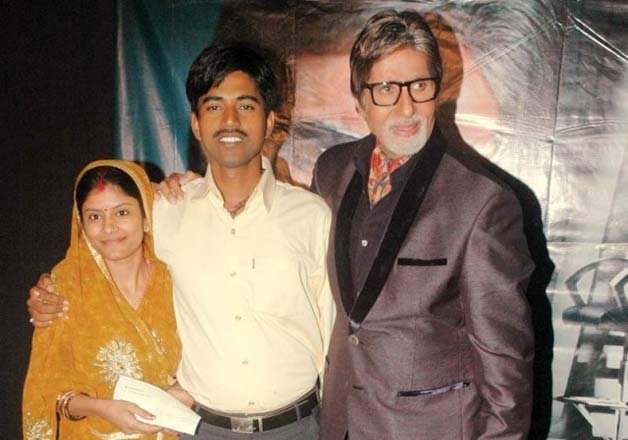Sushil Kumar won 5 crore rupees in 2011 on Amitabh Bachan’s popular show KBC. He would have been left with 3.5 crores after taxes.
If he had invested it at 6%, it would be worth 7 cr now!

Unfortunately, he made terrible investments and suffered the largest losses. Why?
Because investment appears to be difficult, and people are still unaware of investing and financial management!
Here are seven money management and investment suggestions to help you establish a stronger financial portfolio for yourself.
- Money loses value very fast:
Stagnant currency or money in a conventional savings account loses value over time due to inflation, so it is critical to increase your money or, in other words, make money from money!
- USD has lost its buying power by 96% since its inception.
- The value of 1Cr Rupees 15 years from now will be 36 Lakhs (assuming 7% inflation).
- The goal of investing (for most) is to beat inflation.
- Target returns differ from country to country
In Japan, you can keep your savings in the bank, sit back and relax. Why? Because the ~ 0% inflation won’t eat up the money in your bank account. Even their markets have given close to 0% returns over the last 30 years.
- Buy insurance Early
In India, medical inflation is 14%, but the rate of premium increase (from age 25 to age 35) is a mind-boggling 70%. As a result, investing in insurance would be wise. More significantly, having the appropriate kind is not only a wise investment but also a crucial security measure for you and your loved ones.
- Investing in FD:
It is crucial to have a minimum survival fund for any type of emergency; for this, you can use FDs or a Savings account with the Auto Sweep feature. (Ask your bank to enable auto sweep, which provides returns comparable to FDs.)
- An emergency fund (about 6-7 months’ salary), should be in FD or liquid debt funds.
- Some additional liquid money should be reserved.
- Having liquid money also enables us to take good, timely opportunities in the market such as the 2020 market crash!
- Building physical assets
Hard assets including land or property, physical gold, and so on are a smart investment
The government cannot print unlimited money and devalue these assets. These assets would rise in value as the government printed more money.
Why? because there are a limited number of these assets Investing in real estate would also provide a passive income in the form of rent. Building such non-depreciating assets is thus a wise decision.
- Taking good loans:
What is a good loan? Anything that either gives you tax benefits or helps you make more money/produces a cash flow is considered to be a good loan since it adds value to you!
(Ex: Loan for Education, Loan to purchase an asset, Loan to start a business)
Taking a loan for buying a car or an iPhone and other such luxuries is bad debt. There are no tax benefits and it results in a recurring expense.
Buying land (or property) is good debt. You get tax benefits, and it can also become a passive income stream.
- Manage your cashflows:
All your EMIs summed up should not be more than 30% of your salary.
If you have a huge cash outflow every month, an urgent requirement for cash results in a distressed sale of investments. You should build what you can sustain. Rigorously building an investment portfolio can lead to financial fatigue!
One shouldn’t be exposed to incurring an avoidable loss this way.

